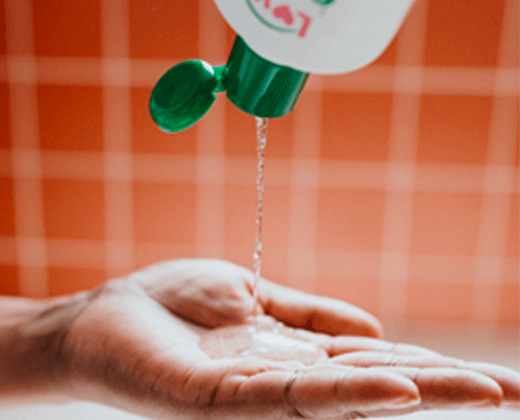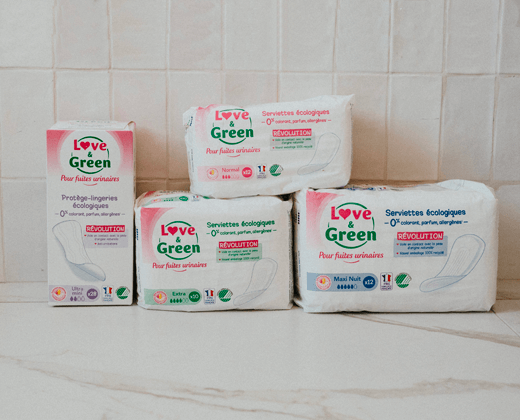Urinary infections are one of the most common conditions in women. They can occur at any age and affect the quality of life, but fortunately, they are generally treatable and can be avoided following certain recommendations. In this article, we explain to you what a urinary tract infection is, why women are more vulnerable, how to prevent these infections and how to treat them effectively.
What is a urinary tract infection?
Urinary tract infection occurs when a bacteria enters the urinary system and begins to multiply. The urinary system includes the kidneys, the ureters, the bladder and the urethra. When an infection develops, it can affect one or the other of these parts of the system.
The most common urinary tract infections in women are cystitis (bladder infections). If the infection reaches the kidneys, we speak of pyelonephritis, a more serious form of infection which may require urgent medical attention.
Why are women more at risk?
Women are more likely to develop urinary tract infections than men due to several anatomical and physiological factors:- Female anatomy : The female urethra is shorter than that of men, which allows bacteria to penetrate more easily into the urinary system.
- Proximity to the anus and the urethra : The bacteria present in the anal region can easily migrate towards the urethra in women, thus increasing the risk of infection.
- Hormonal changes : Hormonal fluctuations, especially during pregnancy or menopause, can affect the balance of the vaginal flora and the urinary system, facilitating bacterial invasion.
- Sex : Sex can introduce bacteria into the urethra, thus increasing the risk of infection.
Symptoms of a urinary tract infection
Symptoms of a urinary tract infection may vary depending on the severity of the infection and the affected area. The most common signs include:- Frequent desire to urinate : A persistent feeling of having to urinate, even when the bladder is almost empty.
- Pain or burns by urinating : Women can feel pain or burning sensations when they urine.
- Troubled or smelly urine : Urine can have an unusual color (disorder, reddish) or gather a strong odor.
- Pelvic pain or in the lower abdomen : Pressure or pain in the pelvic region, often felt in the bladder.
- Fever and fatigue : If the infection reaches the kidneys, it can cause fever, chills and a general feeling of discomfort. Urinary symptoms associated with a fever and/or lumbar pain should have a doctor in an emergency.
How to prevent urinary tract infections?
Although urinary tract infections are common in women, several measures can be taken to reduce the risk:- Sufficient hydration : Drinking a lot of water is essential to help eliminate bacteria from the urinary system. This also promotes a more frequent urination, which makes it possible to evacuate germs.
- Uriner after intercourse : Uriner after sexual intercourse makes it possible to chase the bacteria that may have entered the urethra during sexual activity.
- Correct intimate hygiene : It is important to wipe back and forth after going to the toilet to avoid transporting bacteria from the anal region to the urethra.
- Put cotton underwear : Cotton is a breathable fabric that avoids humidity and heat, ideal conditions for the proliferation of bacteria. It is also recommended to avoid wearing too tight clothes, close to the body.
- Avoid irritating products : Certain intimate hygiene products, such as sprays or fragrant foaming baths, can disturb the balance of vaginal flora and make the region more vulnerable to infections.
- Regularly change menstrual protection : Pads or towels should be changed frequently to avoid the stagnation of urine or body fluids which can promote bacterial proliferation.
- Regular transit : Constipation can promote urinary tract infections. Having good hydration, a diet rich in fiber and practicing regular physical activity help prevent constipation.
Treatment of urinary tract infections
When a urinary tract infection is diagnosed, treatment is generally based on the use of antibiotics. The choice of antibiotic will depend on the bacterial strain responsible for its infection and severity. It is important to follow the treatment to the end, even if the symptoms disappear quickly, in order to avoid a recurrence.
In cases where urinary tract infections become frequent or recurrent, your doctor can perform additional tests to identify the underlying cause, such as an anatomical anomaly, kidney stones or chronic condition. In some cases, long -term preventive treatments may be necessary to avoid recurrence of infections.
When to consult a doctor?
If you experience symptoms of urinary tract infection, it is important to consult a healthcare professional (doctor or pharmacist) to obtain an appropriate diagnosis and treatment. In the event of serious symptoms such as fever, low back pain, nausea or vomiting, this may indicate renal infection and require immediate consultation. Since June 2024, pharmacists have been authorized on urinary symptoms to practice what is called a urinary strip (analysis of a sample of urine) which allows, if the latter is positive, to deliver antibiotics without medical prescription. This is possible except in special cases (children, pregnant women, fragile patients).In conclusion, urinary tract infections are common in women, but they can be avoided and treated effectively. Good hygiene, adequate hydration, and taking simple preventive measures can greatly reduce the risk of infection. If you have frequent or serious urinary tract infections, it is important to consult a healthcare professional for suitable treatment and to assess any underlying cause. Thanks to appropriate care, it is possible to manage and effectively prevent these annoying infections.
Article co-written with Dr Sonia Nassar, general practitioner.


















